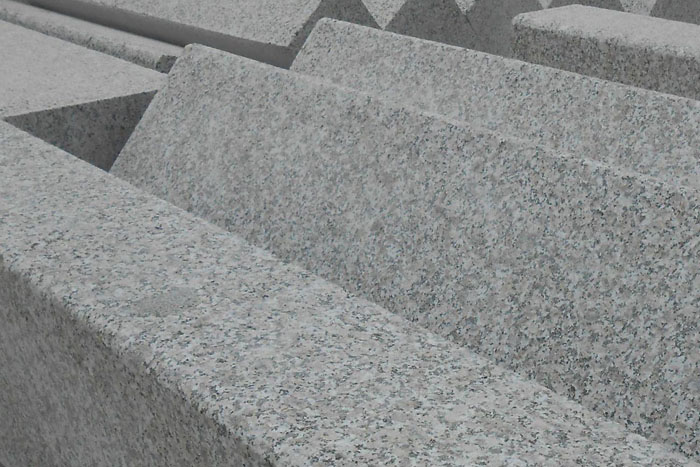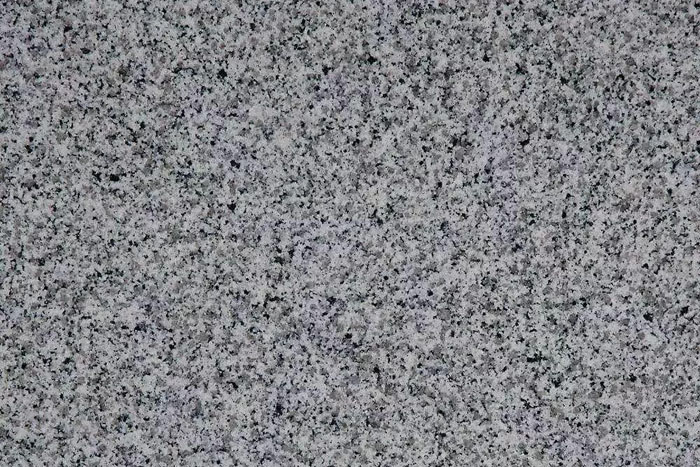Sesame gray granite is one of the best-selling granite varieties on the market, and it is widely used. Many consumers like to use it for floor and countertop decorations. However, sesame gray granite will also cause disease without care. Therefore, daily care is also very important. Then, how to care for sesame gray granite? Next, let's take a look with the editor of FABULOUS Group.

Do not cover debris around the stone for a long time: For the smooth breathing and circulation of the stone, do not cover the debris around the stone, otherwise the moisture under the stone will not volatilize through the pores, causing the stone to cause troubles. The wrong way to maintain the stone will Make the stone more damaged, often due to a series of problems such as excessive moisture and high water content of the stone itself. If you have to cover the carpet or debris, please keep it clean. Remember not to use static electricity to clean and remove dust. No matter the beautiful sesame gray, soft marble or soft steel stone Resistant to long-term damage from soil particles and wind and sand.
Avoid contact with non-neutral objects in natural stone: all sesame gray stone is afraid of acid and alkali corrosion. For example, acid often causes pyrite minerals in granite to oxidize and produce yellowing. Acid will decompose calcium carbonate contained in marble and cause surface erosion. Alkali will also erode granite feldspar and quartz silicide. The crystal grain boundary causes the phenomenon of crystal grain peeling. For example, non-neutral detergents or various waxes such as water-based wax, oily wax, acrylic wax, etc., generally contain acid and alkali. Long-term use will cause the surface of the stone to lose its luster, and the residual chemicals will make the stone disease in the future.

Remember to rinse sesame gray granite directly with water: Because natural stone, like natural wood, absorbs water after being immersed in water, and is easily dissolved by water and soaked into pollution. If the stone absorbs too much water, unnecessary lesions will occur, and the severity is very bad. For example, the stone will crack, weather, fall off, float, spit yellow, water spots, rust spots, and white after absorbing or dissolving water. Various problems such as blooming and matte. Therefore, the natural stone must not be directly washed with water or wiped with a wet mop. Even if a good professional stone protective agent is used, it cannot be 100% guaranteed that the stone will not absorb the possibility of pollution. Therefore, when the stone is contaminated, it must be removed as soon as possible.